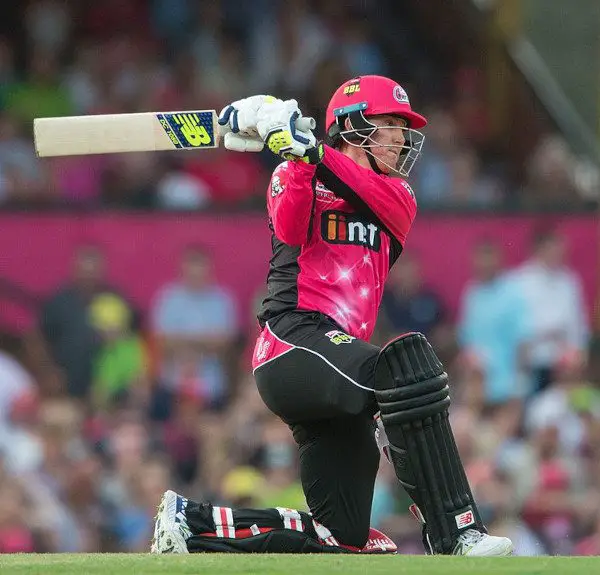Table of Contents
The points system plays a vital role in determining the overall winners of Australia’s Sheffield Shield so let’s now take a closer look at how it works.
Sheffield Shield Points System
How Does it Work?
The six teams in the Sheffield Shield each play ten games during the regular season. The points system works to reward the best performing sides as the league table develops. This is first class cricket so there is scope for four possible results – a win for either side, a draw or a tie.
Across those regular season games, teams will earn six points if they achieve an outright win. If the game is drawn or tied, each side gets a single point.
Sides are also awarded bonus points during those games based on the number of runs that they score and the wickets that they take. At the end of each match, the table is updated and, as the regular season concludes, the two teams at the top of the league will progress to the Sheffield Shield final.
The placings at the top are important as the first placed side will have the home advantage for that final. Therefore, the points system is crucial at all stages of the season and teams strive to get wins with as many bonus points as possible.

Batting Bonus Points
Bonus points help teams to progress up the Sheffield Shield table and they can even determine the winner of the final itself. Those bonus points start to be awarded after a team has reached 200 runs in their first innings.
For every run scored above 200, 0.01 of a bonus point will be awarded. So, for example, if a team makes 400 in that first innings, 2 bonus points are added to their tally at the end of the game.
As one final point to note in this section, bonus points will only count during the first 100 overs of that innings. Any points scored from the 101st over onwards will not be counted.
Bowling Bonus Points
It’s only fair that the bowlers should be acknowledged. Some of the best Australian bowlers feature in Sheffield Shield cricket, and they can also help their teams to accumulate bonus points.
For every first innings wicket taken inside those first 100 overs, 0.01 of a point is awarded.
Separating Teams
If teams finish level on points in the table, and those bonus points haven’t been able to separate them, the organisers will apply a quotient system. The quotient is the teams batting average divided by their bowling average.
Having done the calculation, the team with the highest quotient takes the higher place in the league table.
Losing Points
Like a lot of competitions, the Sheffield Shield has introduced a system to penalize slow over rates. Teams that consistently fall under the standard can lose points.
In general, I would say that this is a fair system and, realistically, only the first innings should count. Rain could play a part plus, a team could make a big total batting first that sees them win a game by an innings. It wouldn’t be right to penalise them by counting second innings runs scored by their opposition.

Additionally, by using 100 overs as the cut off point, the organisers are guarding against dull cricket. Sides could just continue to bat and pile up the bonus points if they felt that they had no chance of winning the game.
From 2020 onwards, bonus points have been introduced in the final. Previously, if that final was drawn, the team with the best record in the regular season would win the Sheffield Shield. This system had been in place for years but it would sometimes lead to boring games where one side would continue to bat their opponents out of the contest.
Now, the team with the highest number of bonus points will win the final if it is drawn. The same batting and bowling points system for the first 100 overs of the first innings is used.
More About the Sheffield Shield
We have an article available which will go into greater detail about the Sheffield Shield. If you want to know more about its history, and the teams taking part, head over and take a read.


